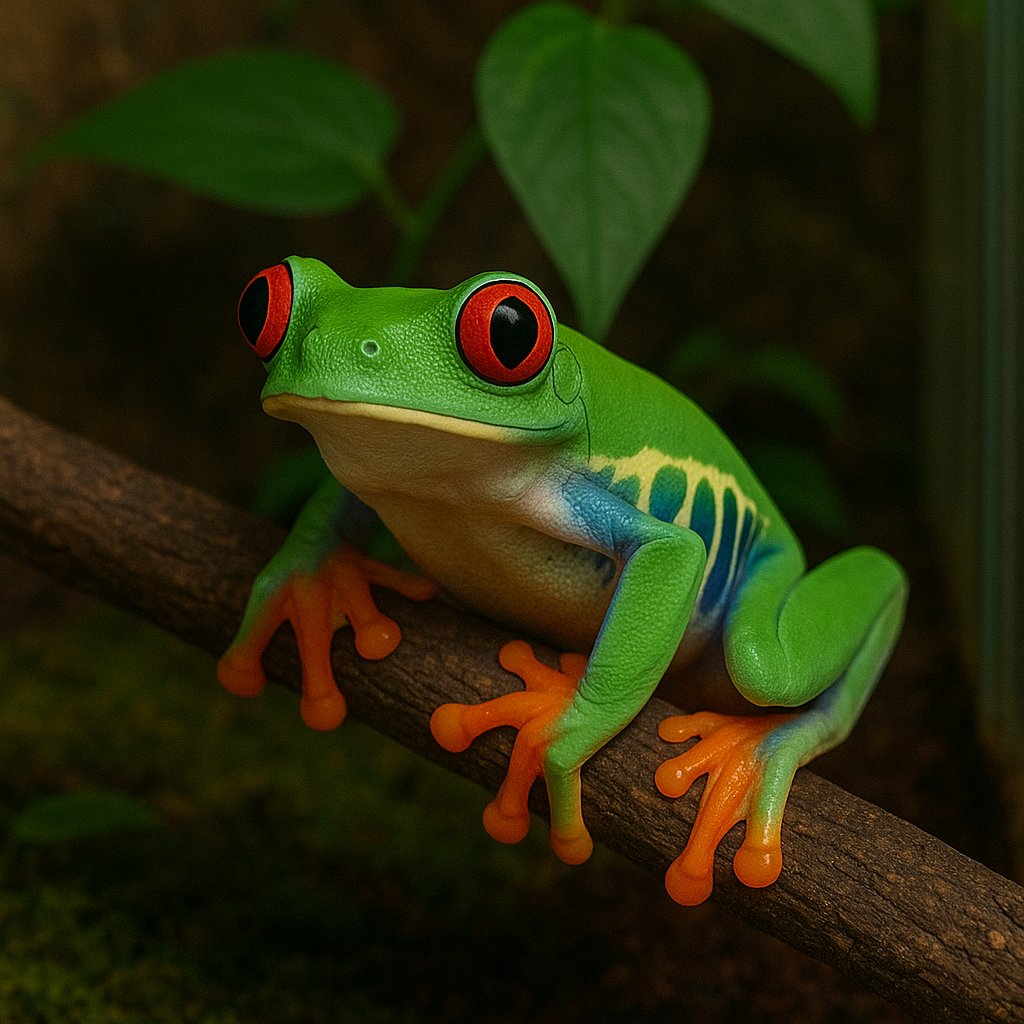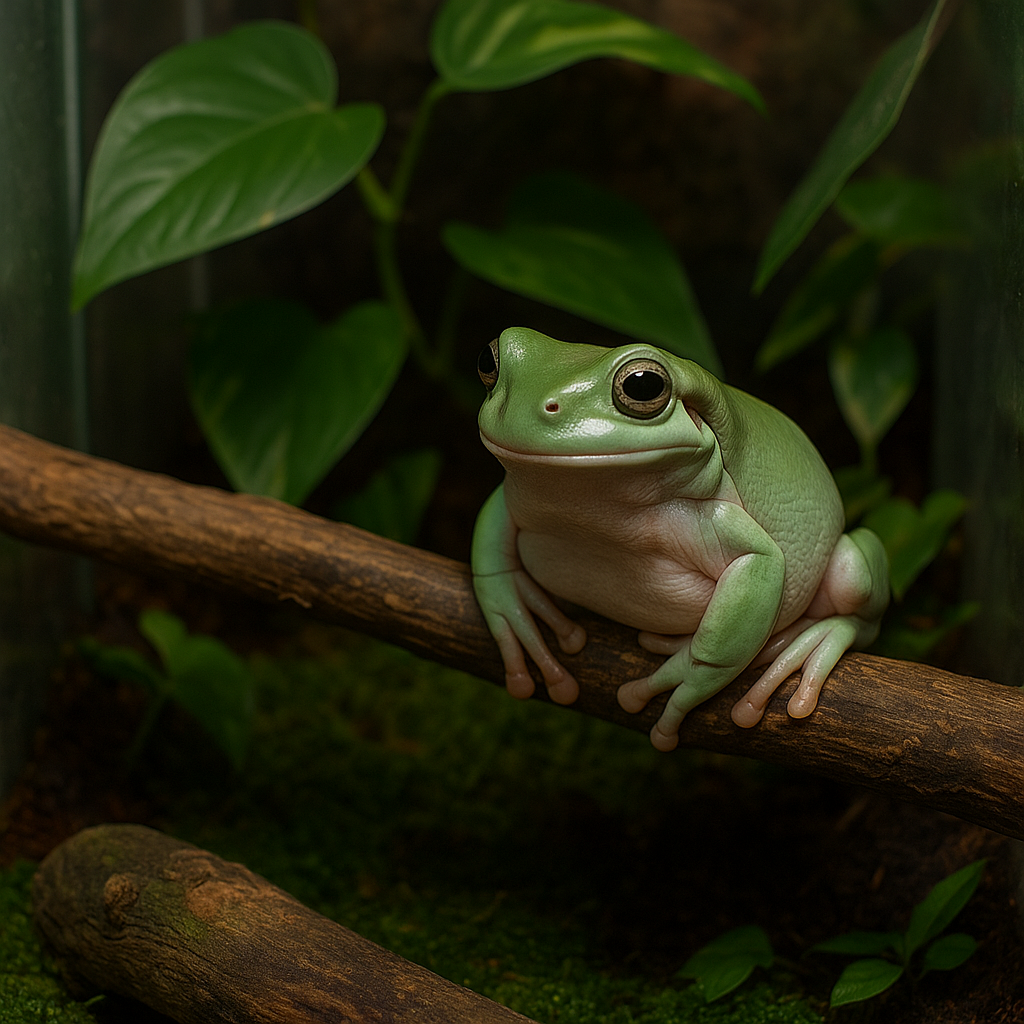Let’s face it: isopods are having their moment. No longer just ‘clean-up crew’, these crusty little lads have taken centre stage as living jewels in bioactive setups. So why not give them an enclosure that’s as beautiful as they are?
Why Naturalistic?
A naturalistic isopod enclosure mimics their wild habitat. It encourages foraging, breeding, and even makes them more visible. Plus, let’s be honest—it just looks good on your shelf. Especially if you’re keeping high-end species like Rubber Duckies, Panda Kings, or Ember Bees.
Choosing Your Enclosure
The 25x30x25cm Sliding Door Vivarium is perfect for larger colonies. It has built-in ventilation, LED lighting, and enough depth for layered substrate systems. Pair it with our flatpack display tub for smaller colonies or species that prefer shallow environments.
Substrate Layers
- Base: Clay balls or drainage mesh
- Core: Organic compost + crushed oak leaves + sphagnum moss
- Top: Leaf litter, cork bark, and optional live mosses like Selaginella
Lighting
Isopods don’t need light to survive, but you need light to enjoy them. Integrated lighting in our 3D vivariums helps you spot behaviour, check health, and capture great photos.
Adding Plants
Go for humidity-loving plants that don’t need deep roots. Great choices include:
- Peperomia prostrata
- Selaginella uncinata
- Begonia pteridiformis
Feeding and Maintenance
Isopods love leaf litter, decaying wood, and fish flakes. Replace leaf litter monthly and lightly mist every 2–3 days. Add cuttlebone for calcium and remove any mouldy food.
If you’re after a simple invert setup that doubles as home decor, this is it. Shop 3D printed enclosures now and build a naturalistic palace for your pod pals.



